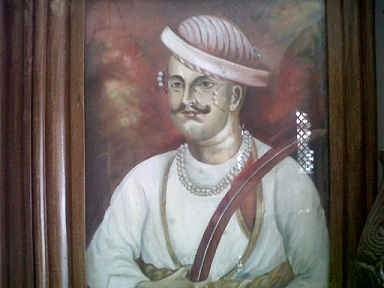
Nana Saheb/Sahib played a pivotal role in the Indian Revolt of 1857. He led the uprising at Kanpur (Cawnpore).
Nana Saheb (1824 – 1857 disappeared)
- Born in Bithoor (Kanpur District), Uttar Pradesh in May 1824.
- His birth name was Nana Govind Dhondu Pant.
- His father travelled from the Western Ghats to the court of the Peshwa Baji Rao II in Pune to become a court official.
- He and his brother were adopted by the Peshwa who was childless in 1827. Nana Saheb’s mother was the Peshwa’s sister-in-law.
- His childhood friends were Tatya Tope and Manikarnika Tambe (later Rani Laxmibai of Jhansi).
- Peshwa Baji Rao II had been living in an estate in Bithoor after the third Anglo-Maratha War. He was given an annual pension by the British.
- As per the Doctrine of Lapse established by Lord Dalhousie, any Indian State under the control of the British or any vassal of the British without its ruler having an heir would be annexed by the British.
- After the Peshwa died, the British stopped giving pension to his adopted son Nana Saheb and refused to accept him as the heir (since he was adopted).
- Despite being stated as the heir in the will of Baji Rao II, the British refused to accept Nana Saheb’s rightful claim to be the next Peshwa.
- This ‘insult’ from the British led him to take part in the Revolt of 1857.


